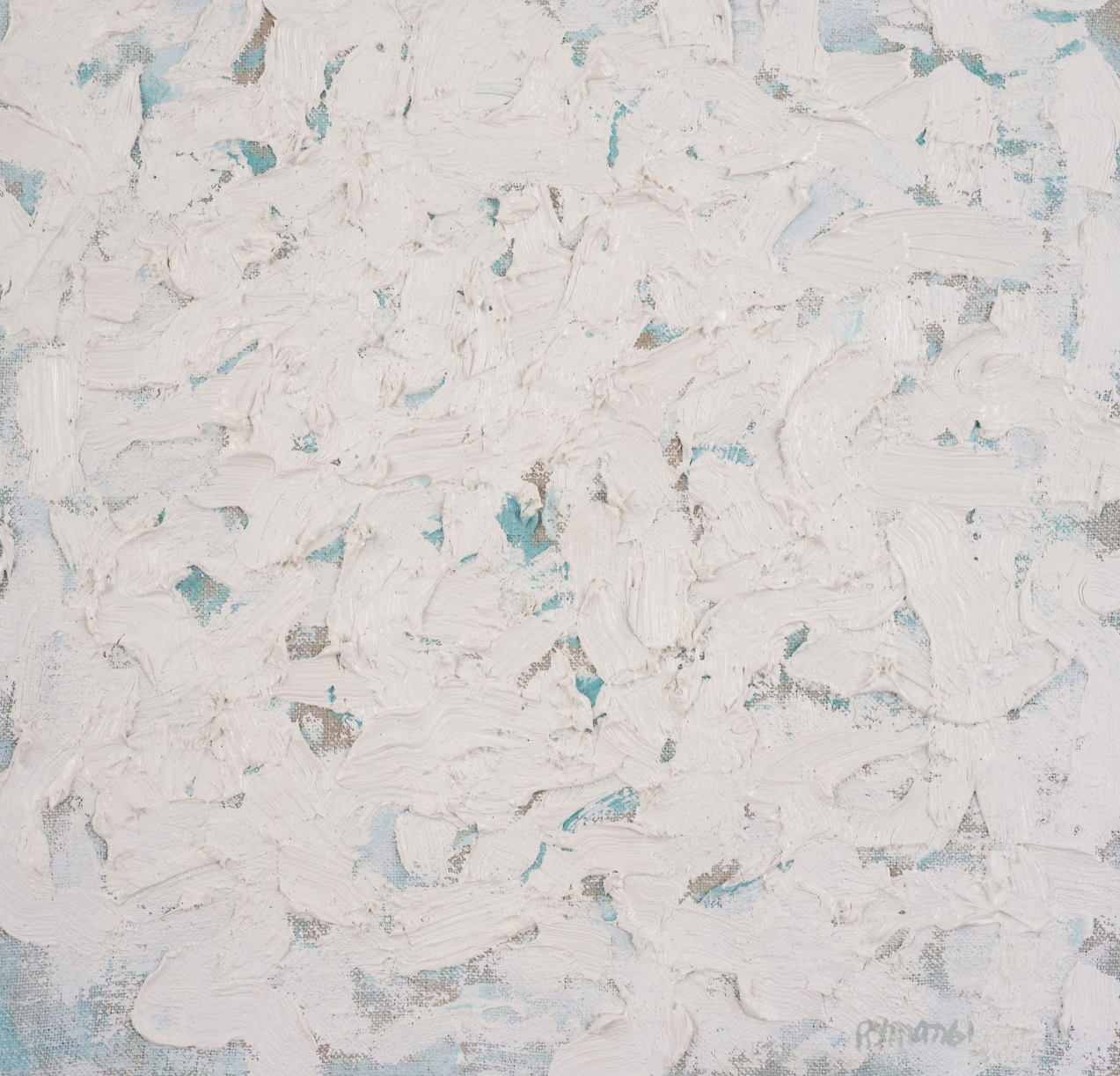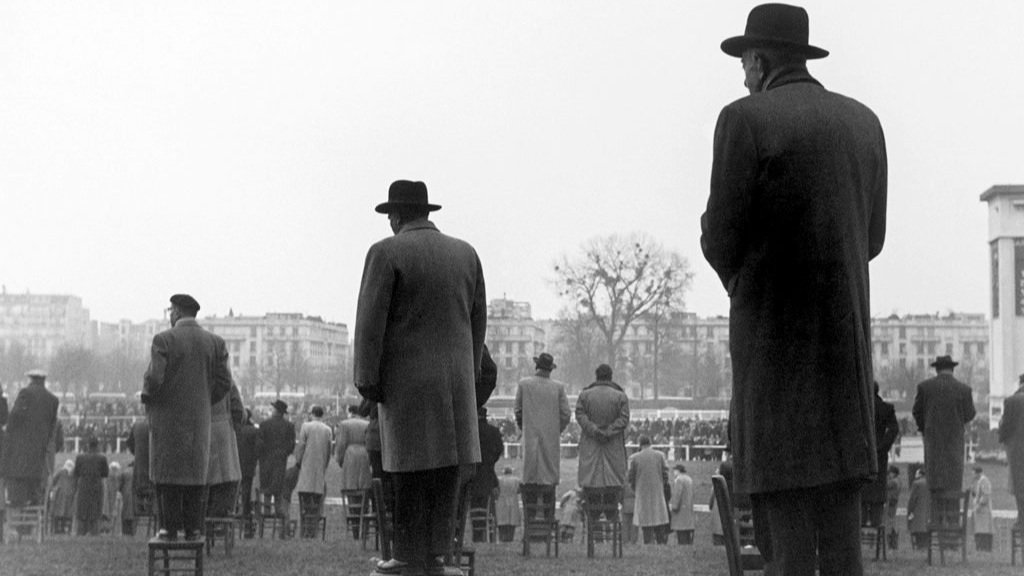
‘ART’ Dramaturgy
Research compiled by Dramaturg, Faith Hart.

What Does ‘Art’ Mean to You?
Glossary
200,000 FRANCS | In 1996, the exchange rate from French Francs (FRF) to U.S. Dollars (USD) fluctuated between approximately 0.192 and 0.201 USD per FRF. Therefore, 200,000 FRF would have been equivalent to between $38,400 and $40,200 USD at that time. Adjusting for inflation to 2025, the purchasing power of $39,300 USD in 1996 is approximately $70,000 USD today.
CARCASSONE | Carcassonne, a hilltop town in southern France’s Languedoc area, is famous for its medieval citadel, La Cité, with numerous watchtowers and double-walled fortifications.
CAVAILLON | Cavaillon is a commune in the Vaucluse department in the Provence-Alpes-Côte d'Azur region of Southeastern France. It is situated in the Durance Valley, at the foot of the Luberon mountains.
CLASSICAL ART | Classical art refers to artworks created during the classical period. Classicism, in the arts, generally refers to artwork created by the ancient Greeks and Romans. Classic artwork may also be categorized as one of the ancient arts or called either Greek or Roman art. READ MORE: Modern Art vs Classical Art (Eden Gallery)
CONCEPTUAL ART | Conceptual art, also referred to as conceptualism, is art in which the concept or idea involved in the work are prioritized equally to or more than traditional aesthetic, technical, and material concerns. Founded by Marcel DuChamp.
CONTEMPORARY ART | Contemporary art is a term used to describe the art of today or the art of living artists, generally referring to art produced from the 1970s onwards.
DECONSTRUCTION | 1. a method of critical analysis of philosophical and literary language which emphasizes the internal workings of language and conceptual systems, the relational quality of meaning, and the assumptions implicit in forms of expression. / OR / 2. Deconstruction is a form of criticism first used by French philosopher Jacques Derrida in the 1970s which asserts that there is not one single intrinsic meaning to be found in a work, but rather many, and often these can be conflicting. / OR / 3. Deconstructivism is an artistic movement that began in the 1980s and aims to deconstruct popular perceptions of the world. READ MORE: What Is Deconstruction In Art?
DE VITA BEATA / THE HAPPY LIFE | a dialogue written by Seneca the Younger around the year 58 AD. It was intended for his older brother Gallio, to whom Seneca also dedicated his dialogue entitled De Ira ("On Anger"). It is divided into 28 chapters that present the moral thoughts of Seneca at their most mature. Seneca explains that the pursuit of happiness is the pursuit of reason – reason meant not only using logic, but also understanding the processes of nature.
FLEMISH | relating to Flanders (a region of Belgium), its people, or their language. Flemish art is known for its vibrant refinement of oil painting, technical skill, and realism. The Flemish painters—including Jan van Eyck, Pieter Bruegel the Elder, and Peter Paul Rubens—were masters of the oil medium and used it primarily to portray a highly realistic, detailed vision of the world around them.
GELSEMIUM | under-researched plant medicine used to treat symptoms of anxiety, used for migraine, nerve pain in the face, asthma, and other breathing problems.
HOMEOPATHY | an alternative medicine based on the theory of treating 'like with like'. Homeopathy claims to stimulate healing responses to diseases by administering substances that mimic the symptoms of those diseases in healthy people. The effectiveness of homeopathic preparations is disputed within medical science.
IGNATIA | under-researched plant medicine used for symptoms of stress, anxiety, emotional distress, such as headaches, digestive issues and spasms.
LYONNAISE FOOD | cuisine from the French city Lyon. READ MORE: Lyonnaise Cuisine: What to Eat in the Gastronomic Capital of the World
MADAME | French term used for married women
MODERN ART | Modern art is defined as artworks produced during the modernist period, which ran roughly from 1860 to the 1970s. Modern art styles dominated the twentieth century when the art world saw rapid change, experimentation, and intense development. Modern art has many styles, but the term unites the movements and philosophies of art produced during this era. Most modern art movements are usually connected by their rebellion against the artistic traditions of the past. Modern artists often throw out the conventions of classical art and earlier art styles and instead embrace a spirit of experimentation. READ MORE: Modern Art vs Classical Art (Eden Gallery)
MODERNISM | noun |1. modern character or quality of thought, expression, or technique. OR / 2. a style or movement in the arts that aims to break with classical and traditional forms. OR / 3. an early 20th-century movement in literature, visual arts, and music that emphasized experimentation, abstraction, and subjective experience. Philosophy, politics, architecture, and social issues were all aspects of this movement. READ MORE: Modernist Philosophy
MONTPARNASSE CEMETERY | proper noun | a cemetery in the Montparnasse quarter of Paris, in the city's 14th arrondissement.
PACEMAKER | noun | an implanted medical device that generates electrical pulses delivered by electrodes to one or more of the chambers of the heart.
PAUL VALERY | Ambroise Paul Toussaint Jules Valéry was a French poet, essayist, and philosopher. In addition to his poetry and fiction, his interests included aphorisms on art, history, letters, music, and current events. Valéry was nominated for the Nobel Prize in Literature in 12 different years. | READ MORE: Research on Paul Valéry + “On The Idea of Perfection: The Poetry and Prose of Paul Valéry”
POMPIDOU | proper noun | The Centre Pompidou, more fully the Centre national d'art et de culture Georges-Pompidou, also known as the Pompidou Centre in English, is an art museum in Paris.
SENECA | proper noun | Seneca the Younger was a Stoic philosopher of Ancient Rome, a statesman, dramatist, and in one work, satirist, from the post-Augustan age of Latin literature. Stoics acknowledge that people don't have control over all, or even much, of what happens in life. And they emphasize that worrying about things outside of their control is unproductive, or even irrational to a person who wants to attain tranquility. Seneca's advice centers around living virtuously, practicing self-control, and focusing on what we can control. He emphasized the importance of mindfulness, gratitude, and moderation while urging people to seek wisdom, live according to nature, and cultivate inner peace regardless of external circumstances.
VELLUM | noun | fine parchment made originally from the skin of a calf.
Inspiration for the Antrios Painting
About the Playwright: Yasmina Reza
1959 — Present | French
“I find frivolousness to be very deep. The frivolous is the foam that floats over the depths. Human drama doesn’t consist of big tragic incidents. Naturally, they happen in the course of a life—but for the most part, it’s full of small details, minor scrapes, wrinkles, micro-events, that together make up the struggle of being. Infinitely more than losing one’s mother at eight. That’s what I’m interested in most, what I track down is how the fabric of a life wears out, how it hurts, how it’s irrational, through tiny details that might seem trifles. I choose to pick at what seems most irrelevant, most superficial, most unfit to dig into, and I dig into it—that’s how I write.”
“ I don't consider myself a celebrity or an intellectual. I'm a writer and that's not the same… I don't want to have an opinion on current affairs, on politics and, in a way, that's bad for me because if you take the position of an intellectual, it gives you authority. But – too bad – I don't want to do it. I have pretension enough to think that writing should have its own authority.”
Approaches to Art-Making + Assessment







